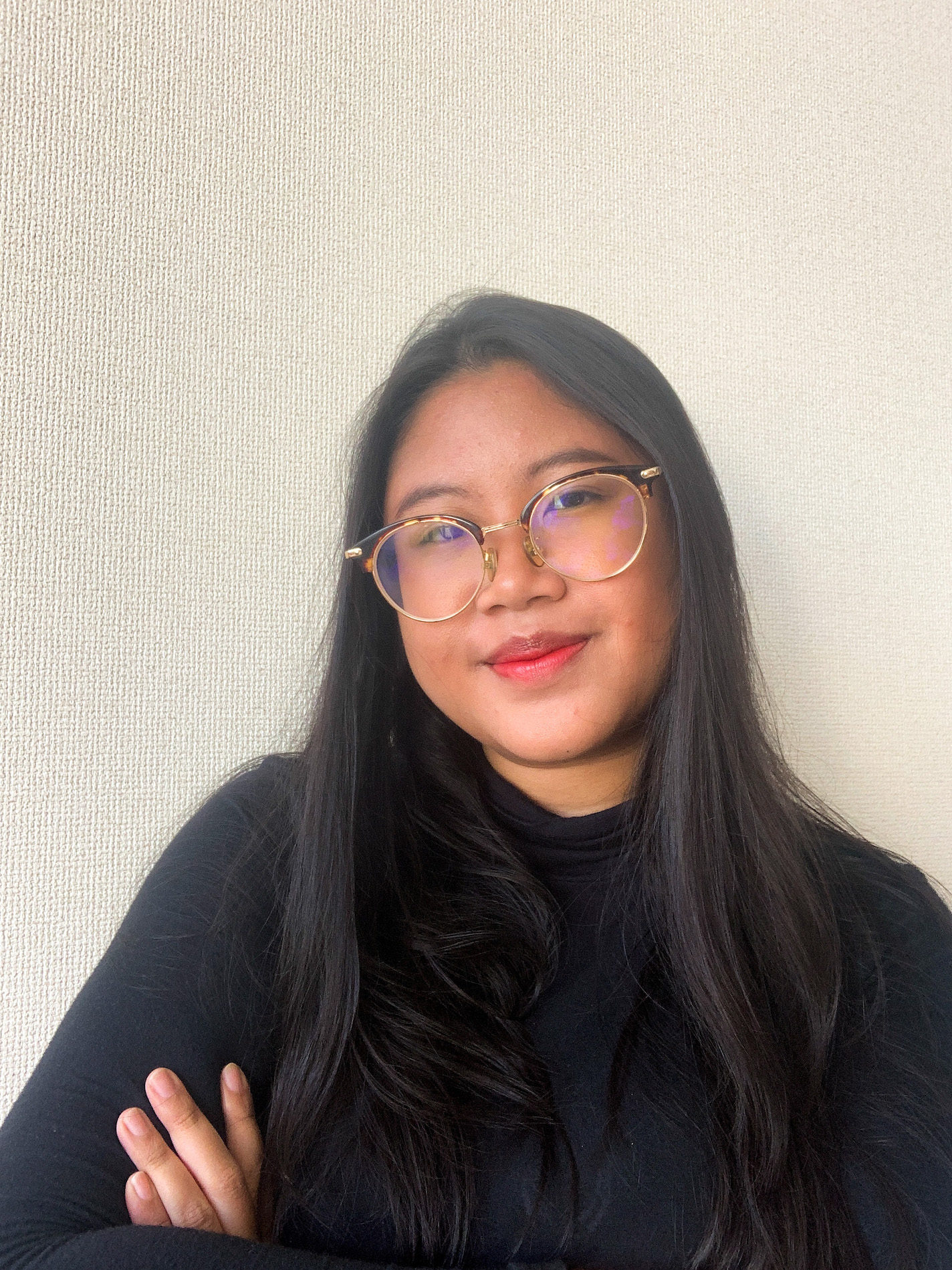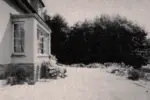Being in isolation, I find myself staring at the same four walls and slowly going insane. As I spend every day in front of the glaring screen of my computer, I’m gradually losing my ability to imagine things other than the doodles on Google’s homepage. Imagination doesn’t seem so important when we’re simply trying to live another day. Still, people dream, and even the intros of our favorite YouTuber’s videos can be a source of creativity. Art takes form in a lot of unexpected places. When the despair from not having the sun kiss my skin in a week was creeping in, I found “We=Link: Ten Easy Pieces.”
“We=Link: Ten Easy Pieces” (2020) is an online exhibition organized by Chronus Art Center in Shanghai, which keeps the imagination alive even in the dark hours of a pandemic. Chronus Art Center is known for their distinctive approach to fine arts by integrating science and technology. Their showcase from the previous year, “Open Codes. Connected Bots,” combined art and computer science, including complex programming, in its creation.
With a virus traveling to all corners of the earth, more people are stuck at home. The art center saw this as an opportunity to relieve the anxiety that people might face. Art can be a temporary remedy. “We=Link: Ten Easy Pieces,” curated by Zhang Ga, is offering a fresh look into our society through 10 unique yet simple pieces.
Sometimes, physical art galleries can be intimidating because they seem like an exclusive club. The high ceilings accompanied by lavish paintings and exquisite sculptures with expensive wine going around may come off as detached from the rest of the world.
“We=Link” is a mobile art gallery stripped of the pomposity that a traditional exhibition might have. Exploring the capabilities of technology, the online showing makes art easily accessible from the tip of your fingers. It contains works that are easily understood by anyone, with or without professional knowledge of fine arts.
To avoid spoiling too much here, I will describe only two of my favorite pieces from the mobile showing.
“Screen Time” by Helmut Smits
The first is “Screen Time” by Helmut Smits. “Screen Time” is an interactive art piece where people can contribute by uploading the screenshot of their lock screens. It’s a community clock with a lock screen per minute. The Dutch artist is widely known for getting his inspiration from everyday situations.
Smits designs art that comes from things he encounters daily. “Screen Time” is one of those pieces. The work is intended to connect people through their mobile phone displays. The design is very simple. The almost outdated two-dimensional display focuses on the pictures of each contributor’s phone. It invites us to look into a stranger’s life, maybe even wonder what they are actually like. It is a great depiction of how our phones often become our personalities.
https://www.instagram.com/p/B_Puyo7HMIt/
Each shot could potentially provide a little look at someone’s life, what they look like, the last person they spoke to or even their darkest secrets. But we’re not defined by what’s inside our phones.
Smits’ work also wants us to remember that we’re a part of society, a screenshot in a collage of many lock screens of the community clock. We’re all connected, even when we think we’re not. Especially amid the outbreak, when everyone is haunted by the same virus. We’re more intertwined than ever, and we’re writing history together.
“eGovernment” by Yangachi
The second work is “eGovernment” by Yangachi, which takes the concept of the panopticon and transforms it into an art piece. Yangachi actually first designed “eGovernment” in 2003. It was then remade in 2019 for the “We=Link: Ten Easy Pieces” exhibition. The work of the South Korean artist has always been very critical of different sociopolitical landscapes. Another one of his works, “Yangachi Guild” (2002), is a satirical commentary on the increasingly capitalistic South Korean society.
https://www.instagram.com/p/B-uF-M-JpxN/
When opening the page of “eGovernment,” you’re greeted with a Windows 95-esque disclaimer, which asks you to welcome your eGovernment. After that, you’re asked for personal details like your name, hobby, birth date and social security number. The questions are made to get increasingly more personal in order to make you doubt your decision to trust the site. It’s information that we wouldn’t and shouldn’t be giving out easily.
Each page contains a picture of a city or a part of town, like a landscape of skyscrapers along the river or a bustling intersection, all accompanied by a soothing sound. Imagine being in a loud coffee shop with relaxing jazz in one ear and strangers’ audible conversations in another. Now, imagine answering some questions about yourself in that coffee shop. That’s exactly how it feels being in the eGovernment site.
What makes it really distinctive is that “eGovernment” is not just a drawing of a landscape or a sculpture of a beautiful creature. It’s digital artwork that encourages us to think about the issue of surveillance. In its efforts to trace the spread of the virus, the South Korean government has launched an app that could track people who are supposed to be in quarantine. Some people have claimed that, in this urgent time, it is better to sacrifice privacy for the safety of the greater good.
Surveillance is everywhere, not just from governments. Just like the initial muse, the idea of the panopticon, “eGovernment” displays how we’re giving all of this information away willingly, without knowing what’s on the other side and how that data is being used.
“We=Link: Ten Easy Pieces” is not merely an accessible art exhibition that will alleviate the frustration of being in the middle of a pandemic. It also provides a unique look into our society in a format that the younger generation knows best — 10 digital works of art that interact with its audiences. It has the two main purposes of art: It boosts your imagination and encourages you to ponder the bigger social implications.

















